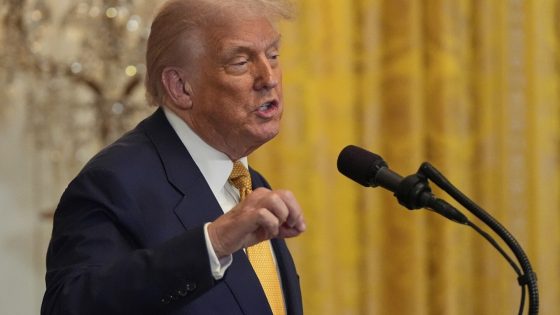President Donald Trump recently announced a new trade framework with Japan, implementing a 15% tax on imported goods. This significant move aims to reshape U.S.-Japan trade relations and bolster American jobs, as Trump declared on Truth Social, “This Deal will create Hundreds of Thousands of Jobs.” As the Aug. 1 deadline approaches, the implications of this agreement are drawing attention across the nation.
- Trump announces 15% tax on Japanese imports.
- Japan to invest $550 billion in the U.S.
- Tariffs may raise consumer prices, warns GM.
- Trade imbalances noted with Japan, Indonesia, Philippines.
- EU trade talks scheduled following tariff threats.
- U.S. aims to shift economy towards manufacturing.
In a bid to strengthen economic ties, Japan is set to invest $550 billion into the U.S. and open its market to American autos and rice. This framework marks a shift from the previously proposed 25% tariff, showcasing Trump’s intent to negotiate favorable terms. However, key details, such as the fate of Japanese-built autos under the new tariff structure, remain unclear.
The announcement raises critical questions about the broader impact of tariffs on the U.S. economy. Will these measures truly benefit American workers, or could they lead to higher prices for consumers? Consider these points:
- The potential for increased costs on imported goods.
- Concerns from American manufacturers like General Motors about profitability.
- The ongoing trade imbalance with Japan, which reached $69.4 billion last year.
- Future negotiations with the EU and China that could further complicate trade dynamics.
As negotiations progress, the effectiveness of Trump’s trade strategy will be tested. Will this framework lead to a more balanced trade relationship, or will it complicate the economic landscape further? The coming weeks will be crucial for understanding the long-term effects of these policies.
































